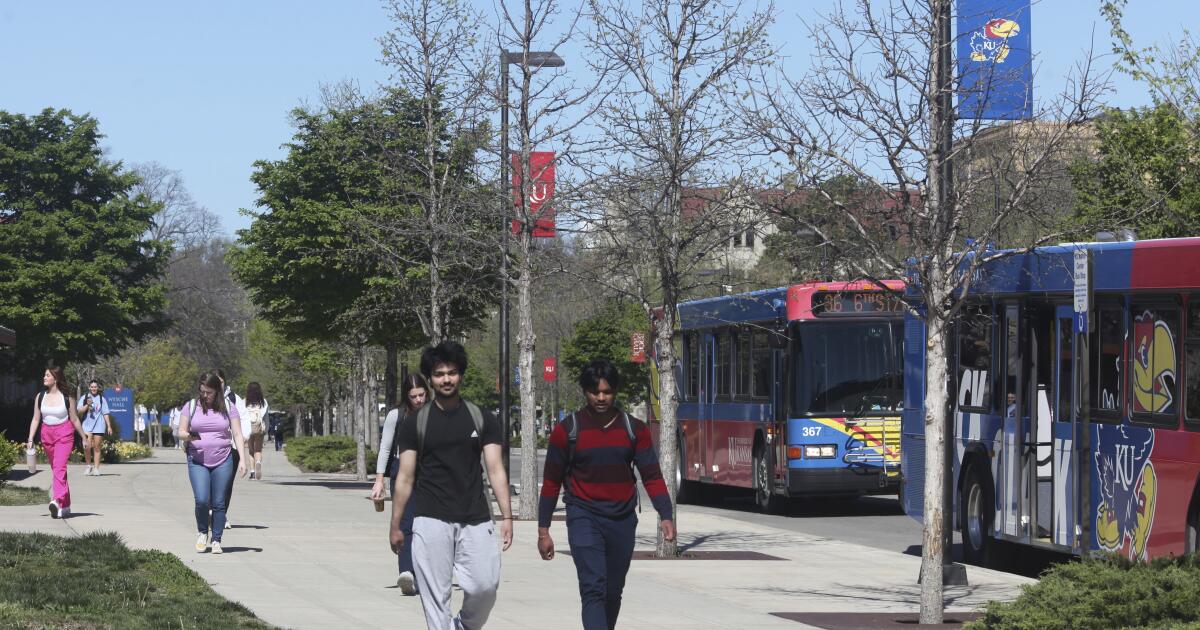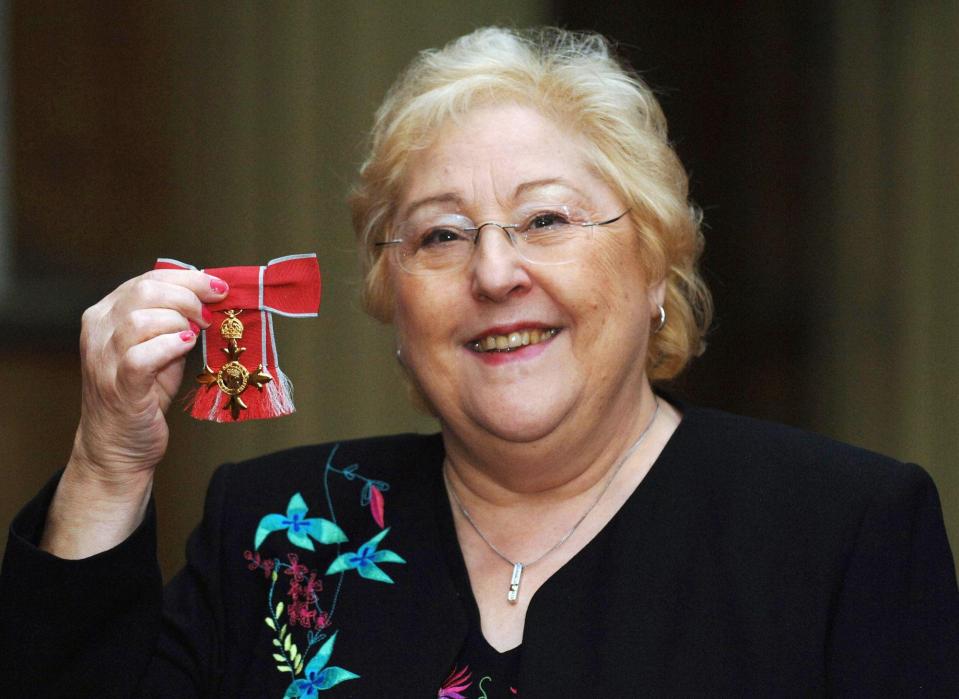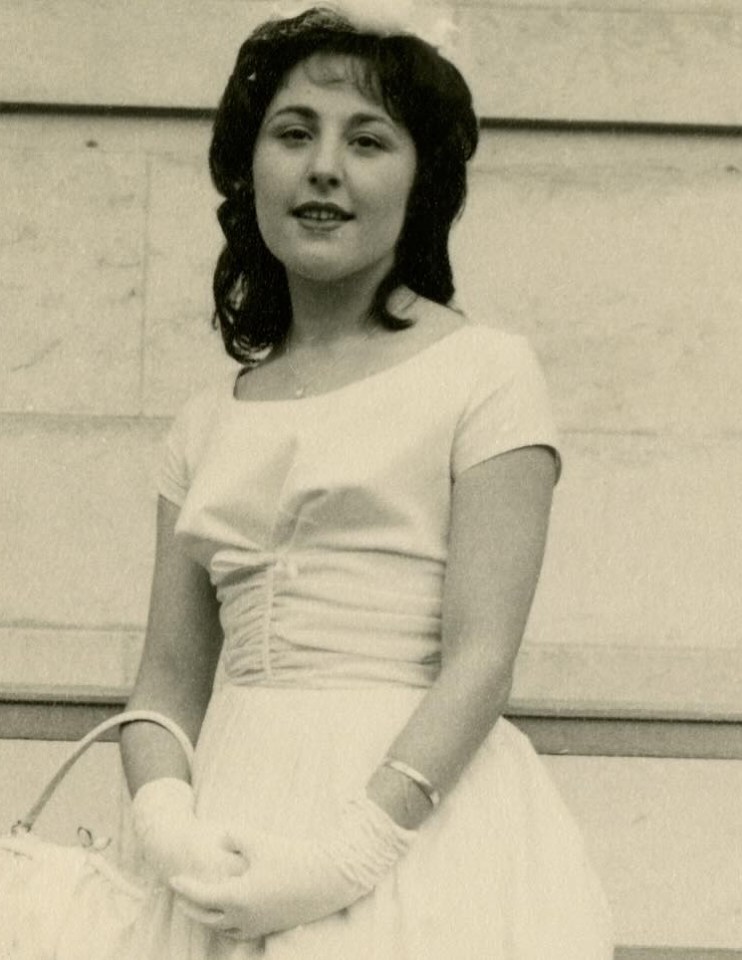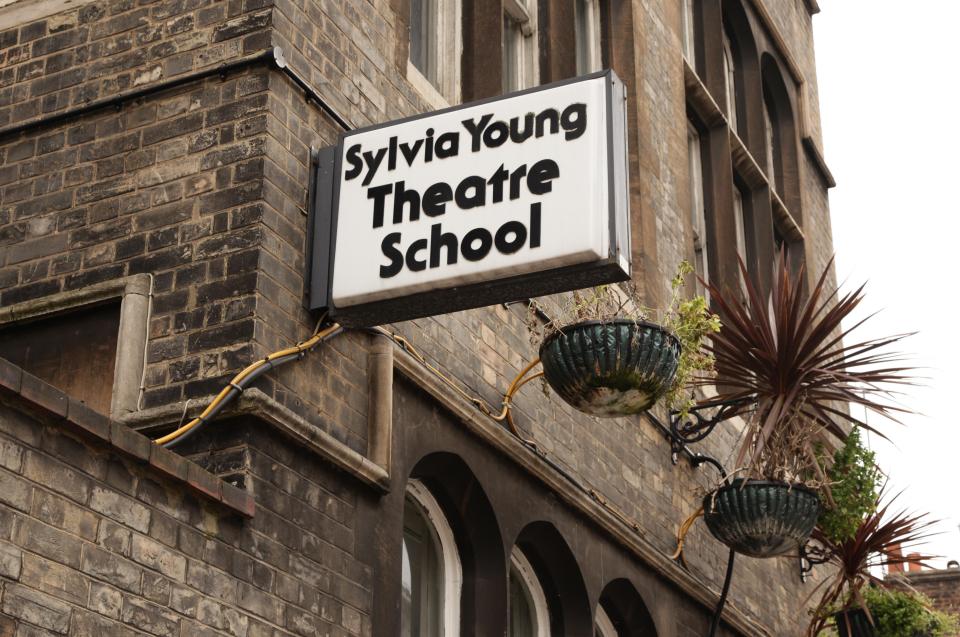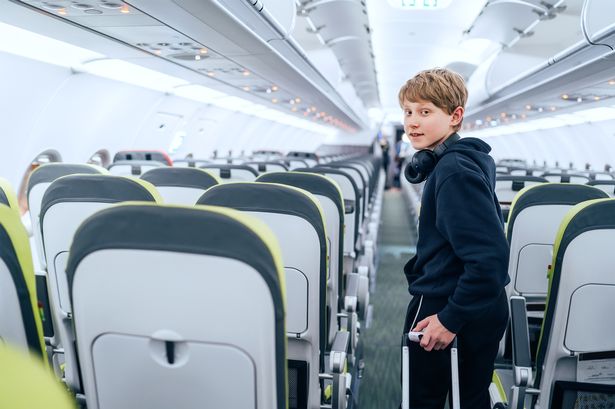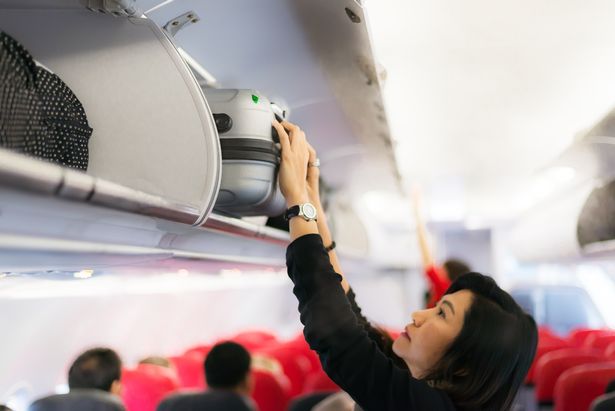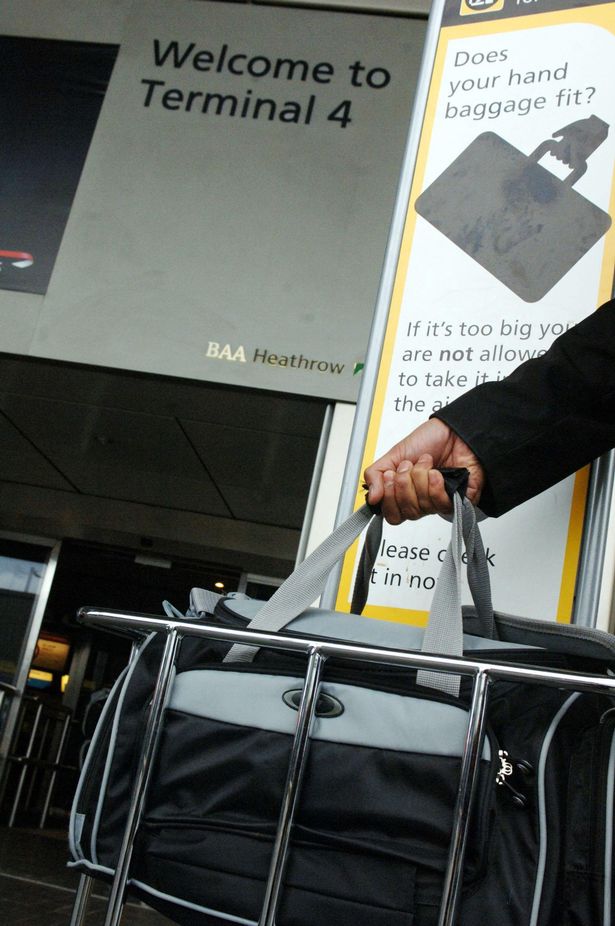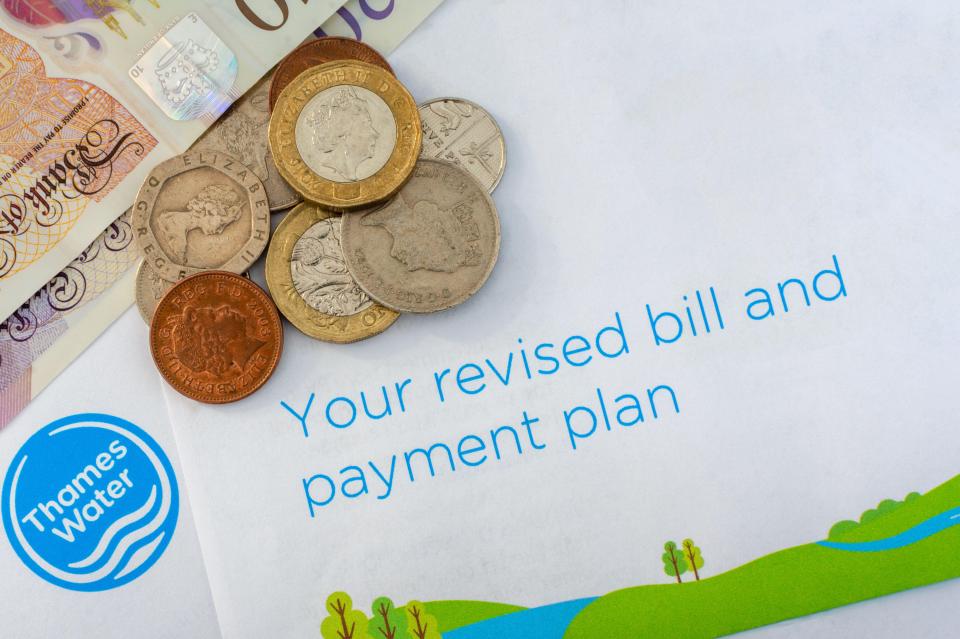While most airlines allow passengers to carry a small personal item or bag free of charge, some of the UK’s most popular airlines charge an additional fee for cabin bags
Airline staff have become adept at spotting luggage that exceeds the standard weight and size limitations. One personal bag or ‘small’ cabin bag – typically a purse or a backpack – is allowed on every one of the UK’s most popular airlines – no matter what type of fare you purchase or where you are travelling.
However, this ‘small’ cabin bag must typically be small enough to fit under the seat in front of you. Passengers requiring additional space will need to separately purchase a cabin bag which can be stored in the overhead compartment. easyJet, Ryanair, British Airways and Jet2 all charge extra for overhead storage cabin bags.
READ MORE: Genius packing hack praised as traveller avoids paying £43 for extra luggage
Below you can find the maximum weight and dimensions of both personal baggage and cabin baggage for each airline – as well as how much you will be charged.
easyJet
Every easyJet passenger is entitled to carry a maximum of two cabin bags: one small cabin bag (free of charge) and one large cabin bag (if included in membership and fare benefits or added during booking).
easyJet small cabin bags must be a maximum of 15kg and within the dimension 45 x 36 x 20cm. A small cabin bag or personal item is free with any fare for easyJet passengers.
easyJet large cabin bags must be a maximum of 15kg within the dimensions 56 x 45 x 25cm. A cabin bag is free for easyJet Plus members or FLEXI ticket holder, or available for purchase
Prices start from £5.99 to book a large cabin bag. Alternatively, you can choose to bring a hold bag, with prices starting from £6.99 for a 15kg bag.
Ryanair
Every Ryanair passenger is entitled to carry one small personal bag free of charge. The small personal bag must be between 40 x 20 x 25cm. Regular cabin bags can be purchased separately but must be within 55 x 40 x 20cm in size and weigh no more than 10kg.
Prices start from £6 to book a large cabin bag and can reach as high as £60 depending on your travel route, whether you add the cabin bag during or after the time of booking, and your travel dates.
Vueling Airlines
All Vueling passengers are entitled to one personal bag that can be stored in the seat in front of them between the dimensions 40x30x20 cm. However, there is an additional cost for basic fare passengers to add a cabin bag.
The cabin bag must be between the dimensions 55x40x20 cm and under 10kg in weight. The cost to add a cabin bag can range from 10 Euro to 75 Euro depending on whether you book it early or add it on later, as well as your travel destination.
Wizz Air
All Wizz Air passengers are entitled to one personal item free of charge. However only Wizz Priority passengers are entitled to bring an extra trolley bag of maximum size 55 x 40 x 23 cm into the cabin.
The cost of adding a cabin bag depends on whether it is high seasons or low season, as well as where you are travelling. Prices range from €15 during low season for a bag with a 10 kg weight maximum to €189.50 during high season for a bag with a 26kg maximum.
Two airlines that allow cabin bags free of charge
British Airways and TUI Airways both allow passengers of all fare classes to travel with one piece of hand luggage free of charge.
1) British Airways
British Airways specifies that passengers can bring one standard piece of hand luggage and one personal item on board with even their lowest fare – Economy Basic. The standard hand luggage, including wheels and handles, can be up to 56 x 45 x 25cm and must weigh no more than 23kg.
That said, it is important to note that if you have more than two pieces of hand baggage, or they’re over the permitted size, you may have to put your larger bags into the hold as checked baggage.
Additionally, when you’ve used your free checked baggage allowance, you’ll have to pay to put any extra bags into the hold. You can check your baggage allowance on the BA website using their handy baggage allowance calculator.
British Airways asks passengers to keep in mind that the carriage of excess baggage is subject to availability. In some destinations, additional local taxes may also apply. If your journey includes a flight with another airline, their allowances may be different.
2) TUI Airways
All TUI Airways passengers (excluding infants) are permitted to carry one piece of hand luggage free of charge. The luggage must be within the dimension 55 x 40 x 20cm and be a maximum weight of 10kg.
TUI passengers are also permitted to carry one personal item free of charge, but it must be stored under the seat in front of you and within the dimension 40 x 30 x 20cm.
Additionally, when you fly both ways with TUI Airways as part of a package holiday, your fare will include at least 20kg of checked-in luggage per person and 10kg for Under 2s.

